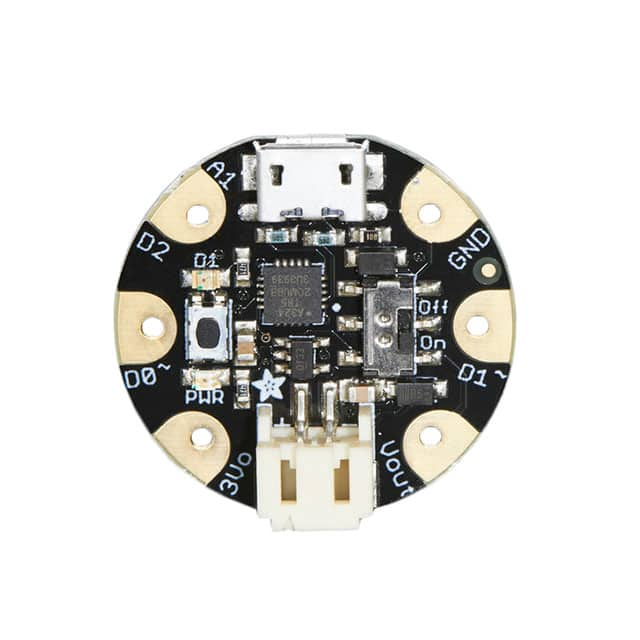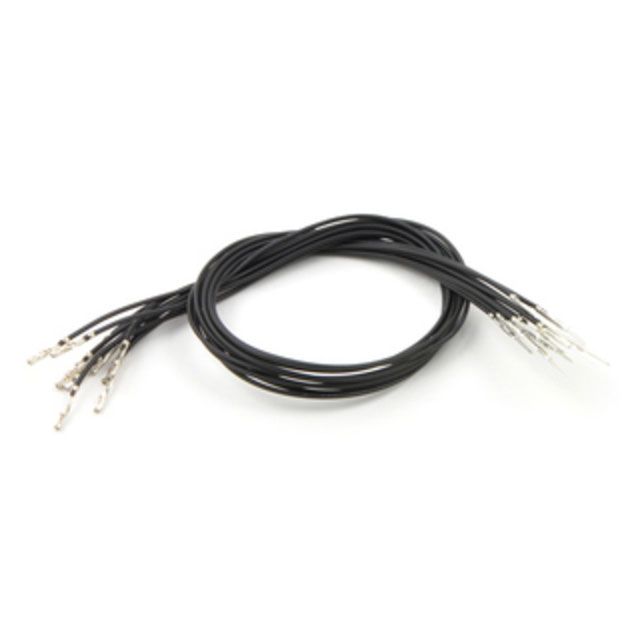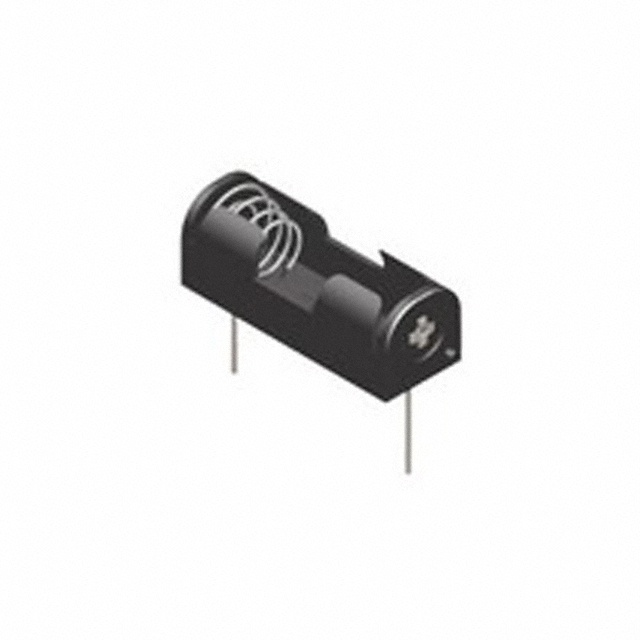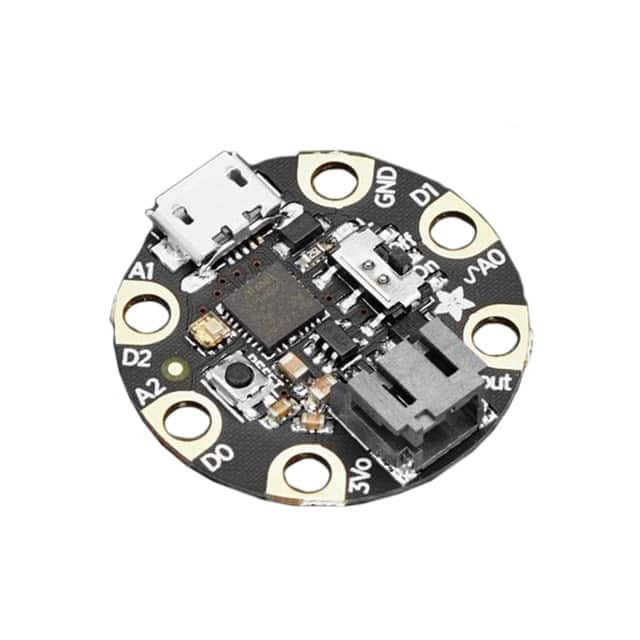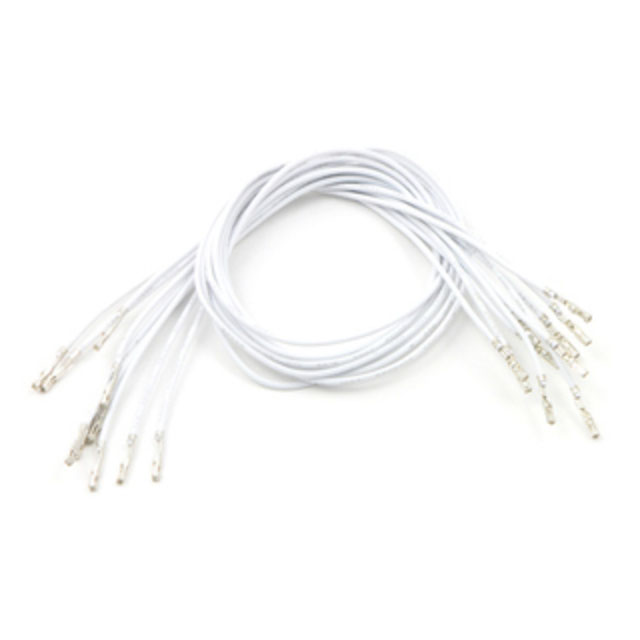Gemma Series, Wearables
Results:
7
Manufacturer
Series
Type
Specifications
Main Purpose
Results remaining:7
Applied Filters:
Gemma
About Wearables
Wearables have revolutionized the way we integrate technology into our daily lives, offering a wide range of products that enhance our personal experiences and enable us to stay connected in innovative ways. The wearables family encompasses a diverse array of components assembled onto small printed circuit boards (PCBs), designed for easy attachment to clothing, wrist-worn devices, development kits, and other accessories related to personal electronic devices.
These wearable products consist of various components, including sensors, processors, switches, battery holders, LEDs, and more. These components are carefully selected and integrated onto PCBs, ensuring compatibility and optimal functionality within the wearable ecosystem.
Sensors play a vital role in wearables, capturing data about the user's environment, body movements, and physiological parameters. These sensors can include accelerometers, gyroscopes, heart rate monitors, temperature sensors, and many others. They enable wearables to gather real-time information, enabling features like activity tracking, health monitoring, and gesture recognition.
Processors serve as the brains of wearable devices, handling data processing, storage, and communication tasks. These processors can range from microcontrollers to more powerful systems-on-chip (SoCs). They facilitate advanced functionalities, such as running complex algorithms, supporting wireless connectivity, and optimizing power consumption for extended battery life.
Switches provide user interaction and control, allowing wearers to navigate menus, toggle settings, and activate various features with ease. Battery holders ensure convenient and secure placement of power sources, enabling wearables to operate reliably and efficiently.
LEDs are another essential component found in wearables, providing visual indicators, notifications, and display functionalities. They can be used to convey information such as incoming messages, charging status, and health-related alerts.
These wearable products are designed to seamlessly integrate with clothing, wrist-worn devices, and other electronic accessories. They offer compatibility with development kits, providing developers and enthusiasts with the tools to create customized wearable solutions tailored to specific applications or user preferences.
In summary, wearables encompass a wide range of components assembled onto small PCBs, facilitating the attachment of electronic devices to one's person. Through sensors, processors, switches, battery holders, LEDs, and more, these products enable us to stay connected, monitor our health, and enhance our daily experiences in a convenient and personalized manner.


